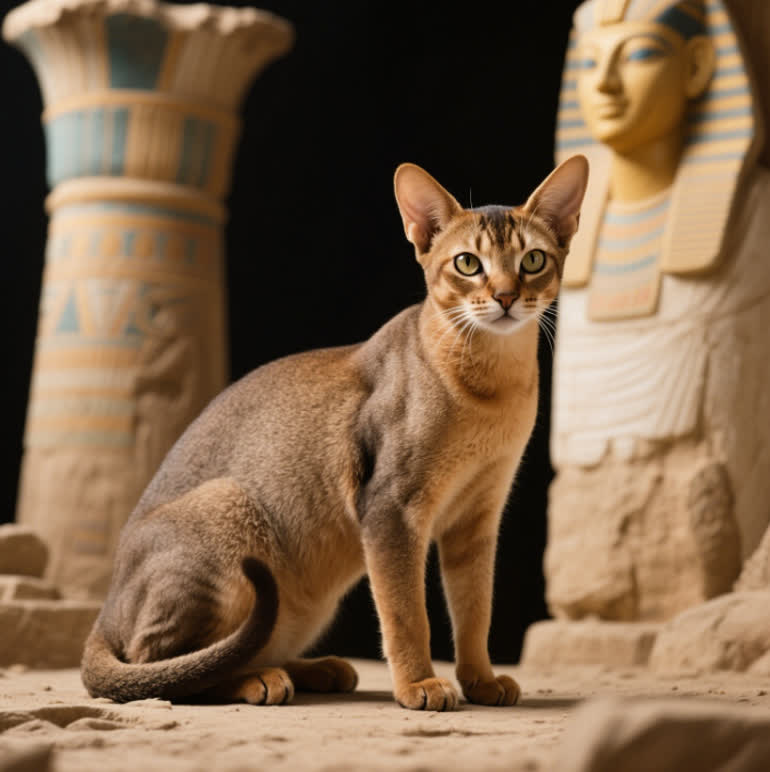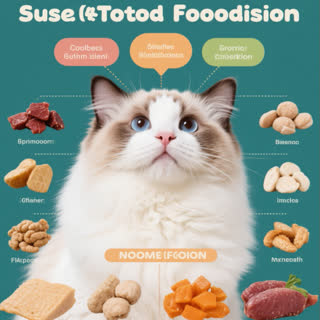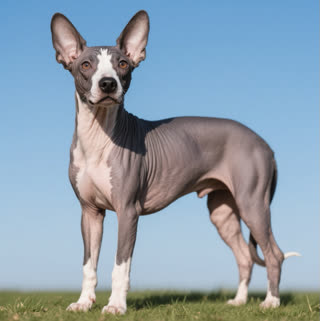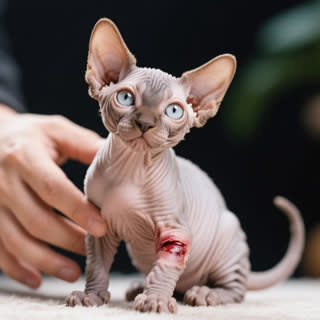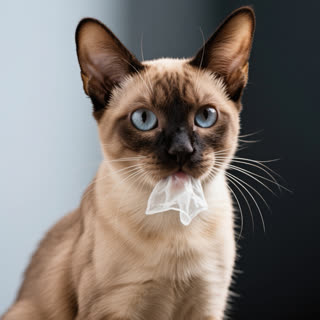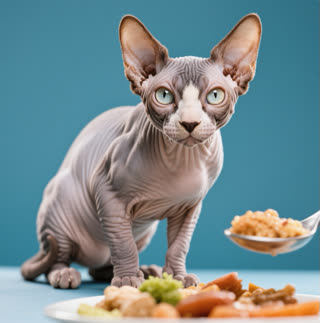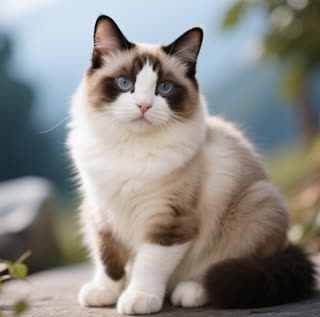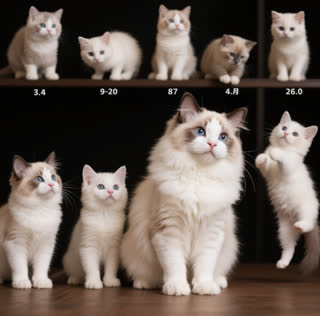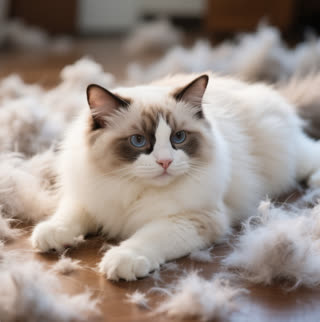The Abyssinian cat breed, with its striking ticked coat and almond-shaped eyes, is often shrouded in mystery. While its modern lineage traces back to 19th-century Europe, enthusiasts and historians alike speculate about its deeper roots—particularly its potential connection to Abyssinian cats in ancient Egyptian history. Were these agile felines companions to pharaohs or guardians of sacred temples? This article explores the breed’s enigmatic past, separating fact from fiction while weaving together archaeological insights, genetic research, and cultural narratives.
The Ancient Egyptian Feline Obsession
Cats held unparalleled significance in ancient Egypt, revered as symbols of divinity and protectors against vermin and evil spirits. Temple murals and tomb paintings frequently depicted cats alongside royalty, suggesting their roles as both companions and spiritual intermediaries. While the Egyptian Mau is the breed most directly linked to this era, some scholars propose that the Abyssinian cats in ancient Egyptian history may have shared similar sacred status due to their sleek, wild appearance resembling the African wildcat (Felis lybica), a species domesticated by Egyptians.
A 2021 study analyzing feline DNA from mummified remains revealed genetic ties to modern breeds, including possible ancestors of the Abyssinian. However, concrete evidence remains elusive, as the term "Abyssinian" itself derives from 19th-century British nomenclature rather than ancient texts.
Abyssinian Cats: Bridging Africa and Egypt
The breed’s name evokes the historical region of Abyssinia (modern-day Ethiopia), which traded extensively with ancient Egypt. Artifacts like the Gebel el-Arak Knife (circa 3300 BCE) depict early interactions between Egyptian and Nubian cultures, hinting at the possible exchange of animals, including cats. While no direct records confirm Abyssinian cats in pharaonic Egypt, their resemblance to depictions of the goddess Bastet—often shown with a lithe, muscular body and large ears—fuels speculation.
Notably, the Book of the Dead references cats as guides to the afterlife, and mummified cats discovered in Bubastis (a center of Bastet worship) share physical traits with modern Abyssinians, such as a tapered tail and angular face.
Debunking Myths: Separating Fact from Folklore
The “Sacred Abyssinian” Myth:
Popular lore claims Abyssinians were temple cats bred for loyalty. However, ancient Egyptian texts never explicitly mention the breed. Genetic studies suggest they share ancestry with Indian Ocean region cats, complicating their Nile Valley origins.The Zula Legend:
A 19th-century story alleges that a cat named Zula, brought from Abyssinia to England after the 1868 British Expedition, founded the breed. While Zula’s existence is debated, this narrative highlights how colonial-era exoticism shaped the breed’s identity.Modern Misconceptions:
The Abyssinian’s “primitive” look often leads to comparisons with Egyptian art, but their distinct coat pattern (agouti ticking) differs from the spotted Egyptian Mau. Art historian John Smith notes, “The overlap is cultural imagination, not historical fact”.
Cultural Legacy: From Pharaohs to Pop Culture
Even without definitive proof of their ancient Egyptian ties, Abyssinians have become cultural ambassadors of Egypt’s feline legacy:
Literature: Rudyard Kipling’s The Cat That Walked By Himself drew inspiration from Abyssinian-like independence.
Film and Media: The breed’s regal appearance has landed roles in films like The Mummy (1999), reinforcing public associations with Egypt.
Genetic Studies: Ongoing research into mitochondrial DNA aims to clarify their lineage, with preliminary links to cats from coastal East Africa.
Modern Abyssinians: Honoring a Hypothesized Heritage
Today’s Abyssinian breeders emphasize traits that echo their speculated ancient roots:
Temperament: Curious and athletic, mirroring the agile hunters depicted in Egyptian tomb paintings.
Health: Selective breeding prioritizes longevity, addressing issues like renal amyloidosis—a nod to ethical practices absent in antiquity.
Organizations like The Abyssinian Cat Club curate historical exhibits, blending the breed’s documented 19th-century history with speculative ties to Egypt.
The question of Abyssinian cats in ancient Egyptian history remains open, blending tantalizing clues with gaps in the archaeological record. While their exact role in pharaonic society may never be proven, the Abyssinian’s mystique continues to captivate cat lovers and historians alike.
